Stardust: The tragedy that shocked a nation

A number of the victims' families holding a banner at the Garden of Remembrance in Dublin city centre last year
- Published
On Valentine's night in 1981, 48 young people died in a fire in the Stardust nightclub in Artane, north Dublin.
It was the largest ever fire disaster in the history of the Irish state.
The bulk of those who lost their lives were from Artane, Coolock and other parts of north Dublin, while three of the victims were from Northern Ireland.
A further 200 people were injured in the blaze and the consequences have haunted Dublin for decades.
What happened?
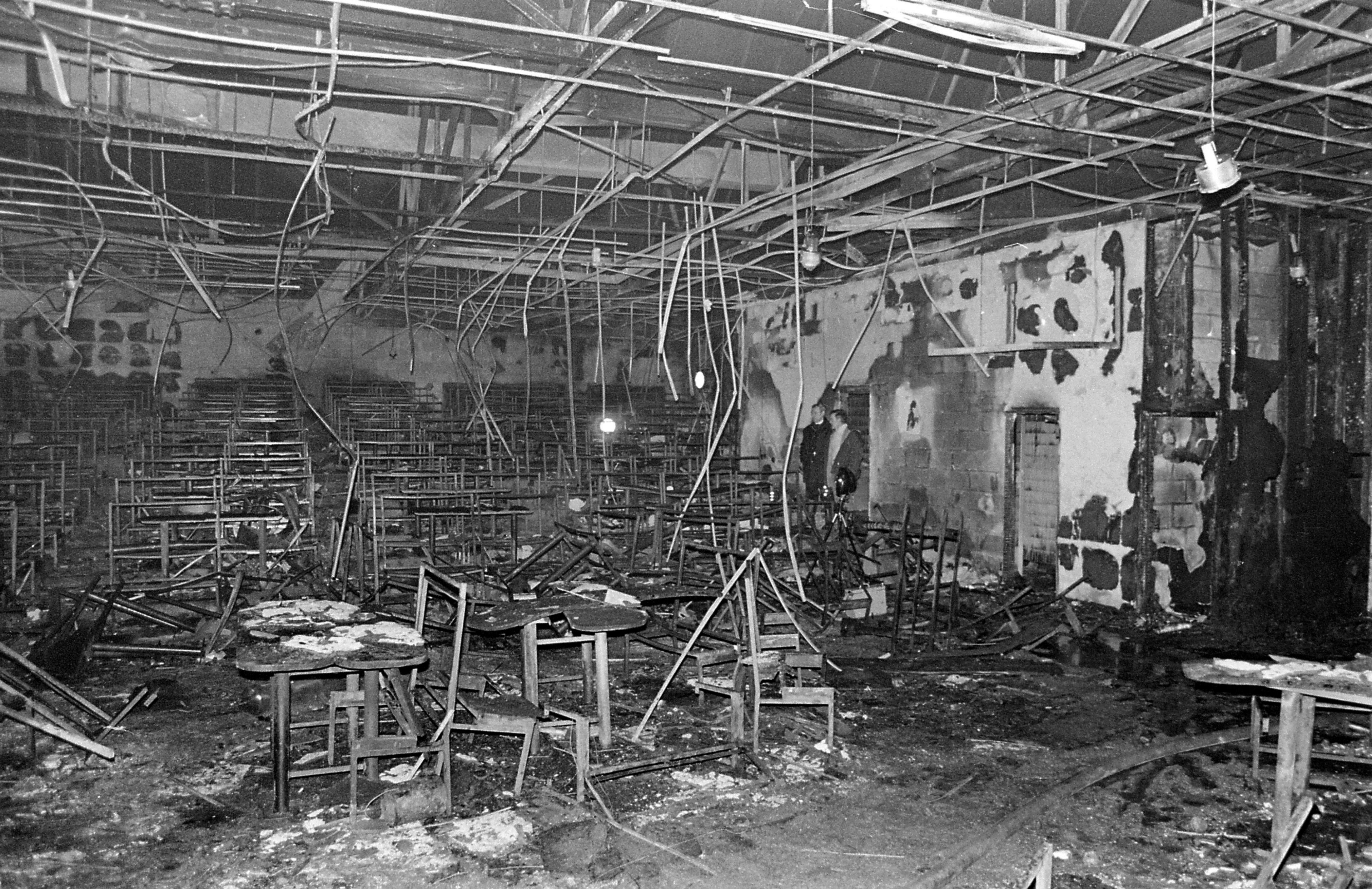
The aftermath of the fire at the Stardust nightclub in Dublin
Witnesses from the night said the darkness of the disco and smoke machine disguised the danger at first, until the ceiling collapsed.
One survivor who was separated from her husband said she knew when she watched the roof fall that he was dead.
A mix of smoke, ash and fire filled the room. The thick 1980s carpets provided a natural accelerant and the fire quickly took hold.
One witness said it smelled like a chip pan, like the smell of grease heating up.
The young people rushed to fire exits to find they were locked or chained closed, the inquests heard.
The club's then manager Eamon Butterly has since said the exits had been locked because "a large number of people were getting in for free due to the actions of their friends who were opening exit doors from the inside”.
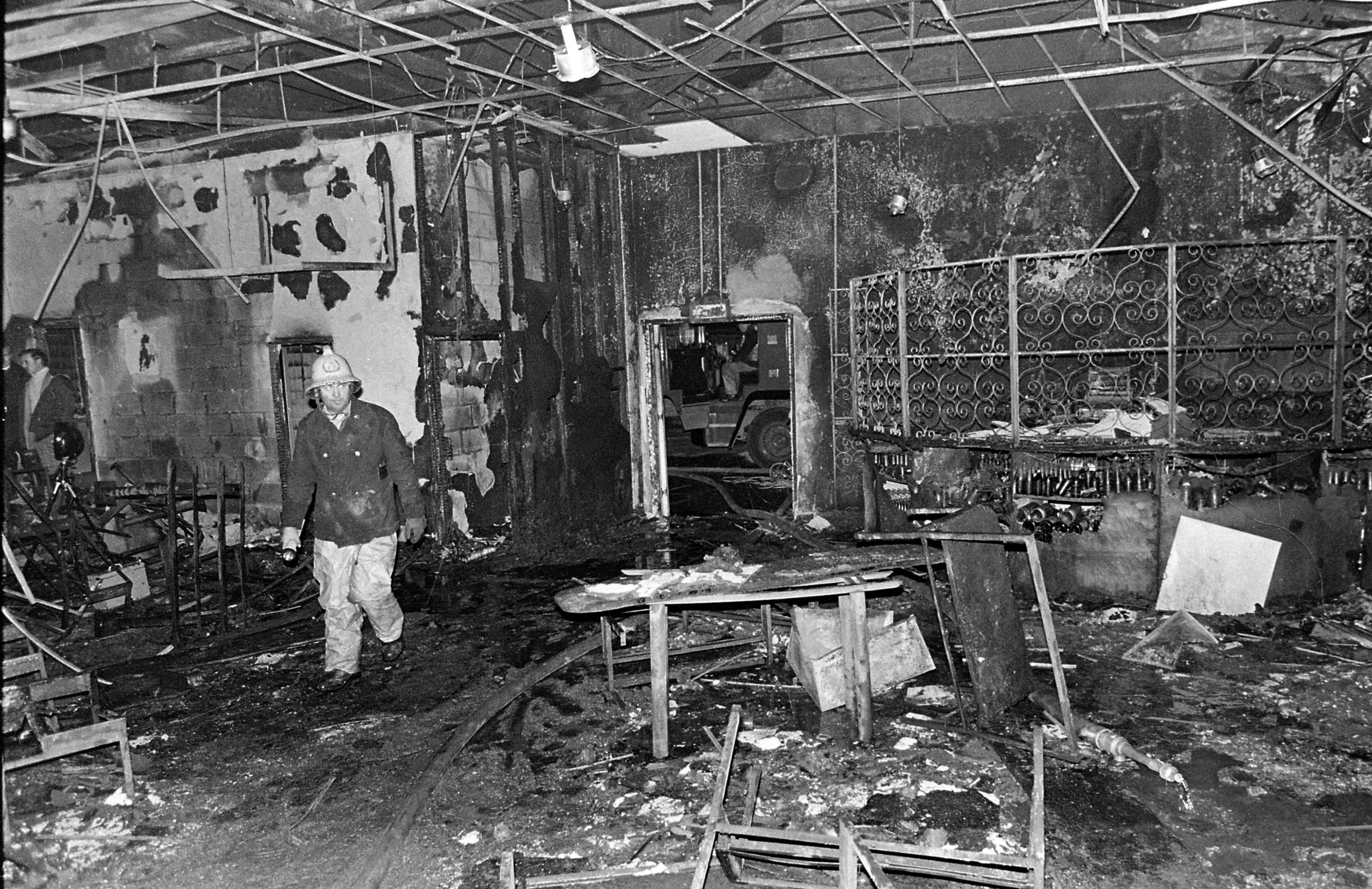
A firefighter surveys the carnage after a nightclub blaze killed dozens of young people
People screamed for help and a crush began as firefighters watched helplessly outside.
“Such [was] the mayhem with the Stardust it was literally a free for all. It was just…get in and get them the hell out of it. That was it,” former fireman Brian Parkes told the recent inquest.
One rescue worker kicked in a door that had been chained closed.
Other crews took ladders to toilet windows and began pulling people out.
The aftermath was horrific. The fire service lined the bodies of the young people outside.
One fireman told the inquest he found two young victims inside with their "arms around each other... trying to comfort each other before they met their demise”.
Another said he found a man's body just "steps from safety".
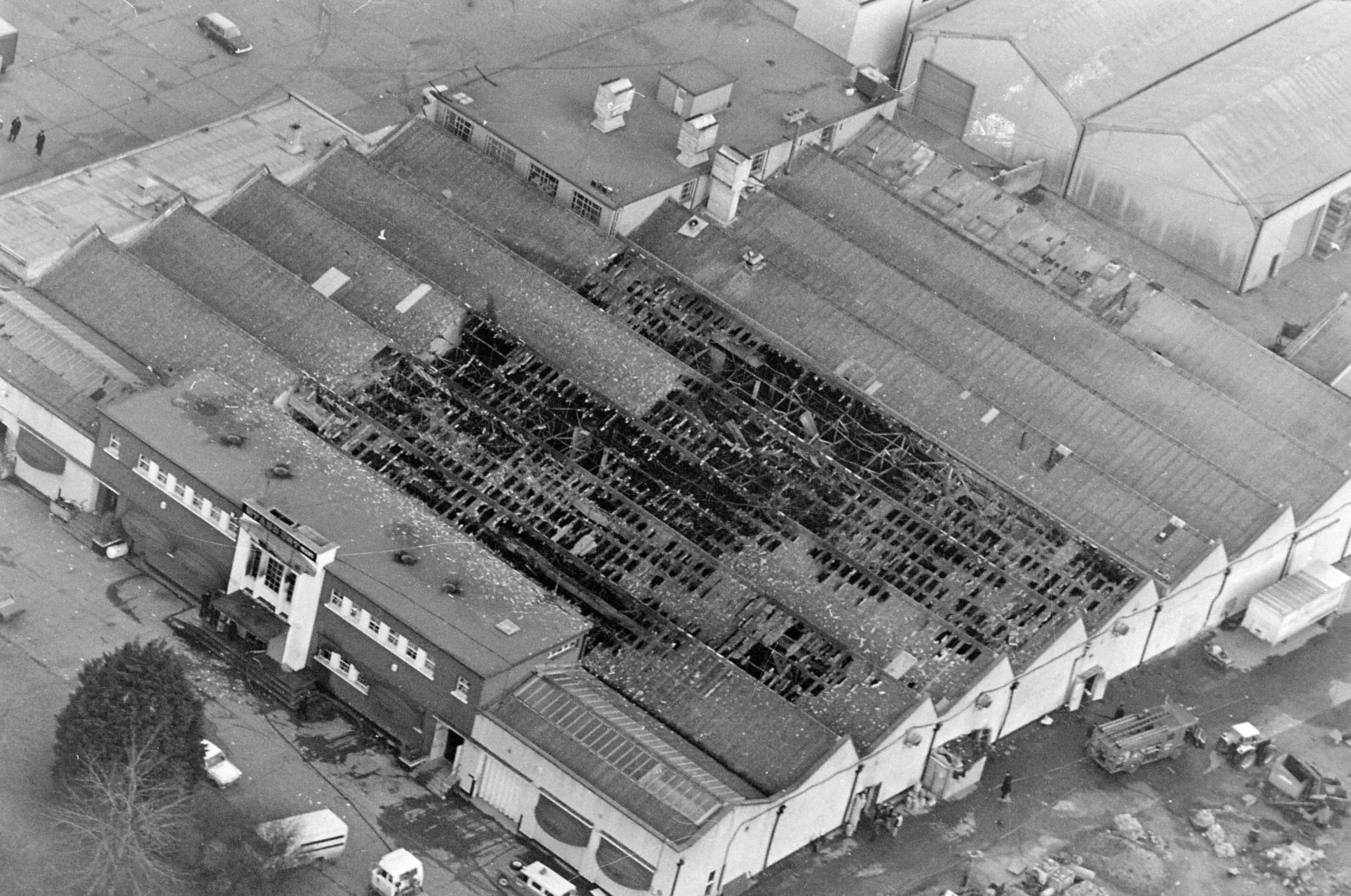
An aerial view of the damage caused by the Stardust nightclub blaze
How old were the victims?
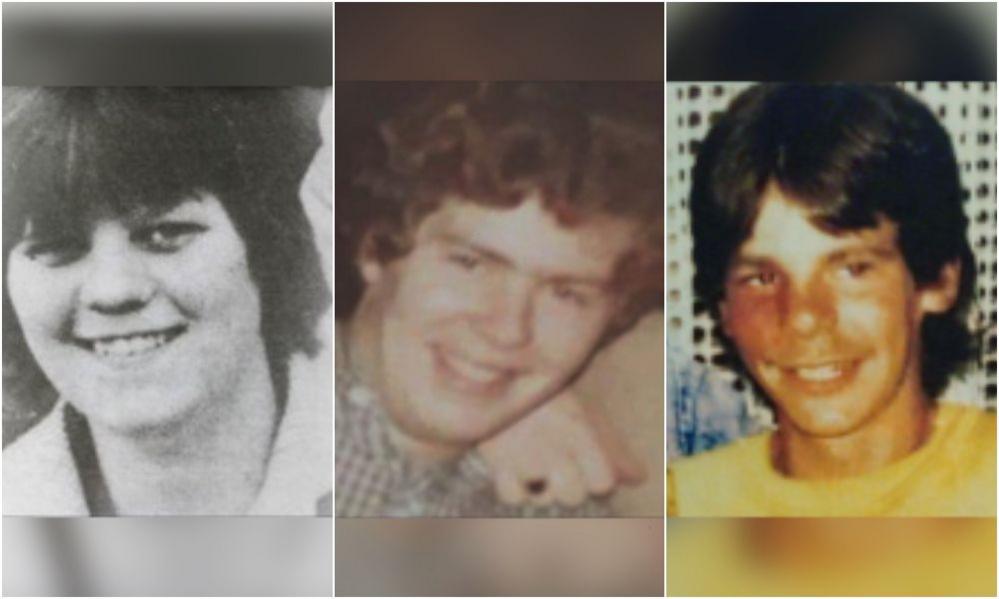
Susan Morgan, Robert Hillick and James Millar, who were from Northern Ireland, perished in the blaze
The identification of bodies took weeks.
Seven victims of the fire remained unidentified for more than 25 years. One of those later identified was Paul Wade, who had been on a date with Derry woman Susan Morgan the night they both died.
The youngest victim was 16.
One young couple died, leaving behind a 17-month-old baby.
Another family lost three children.
A Dublin couple on holiday at the time of the fire travelled home knowing they had lost a daughter - their only child.
A teenage girl lay in a coma while her parents buried her two sisters. Doctors advised her parents that they should tell her that her sisters were still alive when she woke up to avoid further medical shock.
The three victims from Northern Ireland were Robert Hillick and James Millar from Belfast and Susan Morgan from Londonderry.
A promise of justice
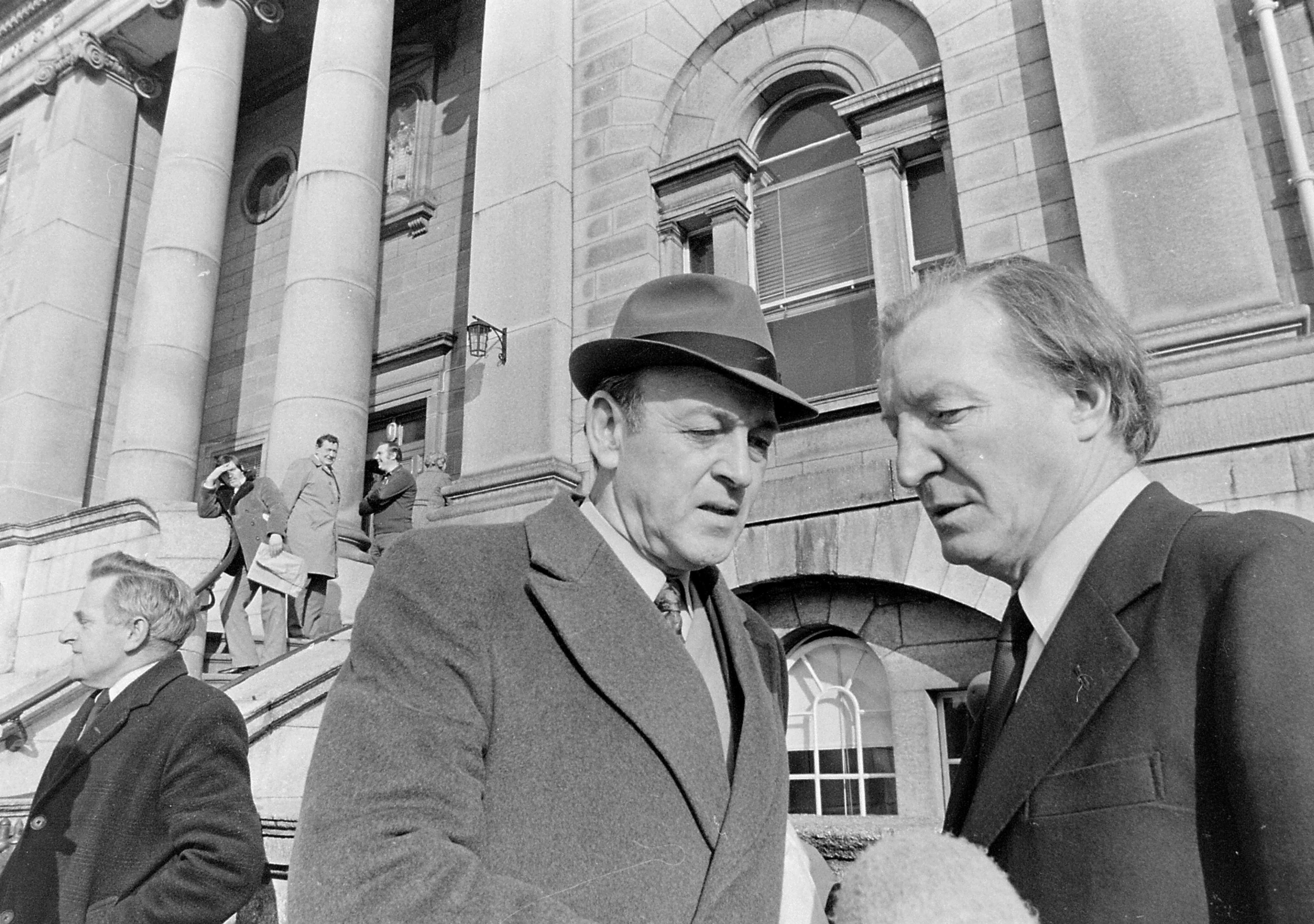
Then Taoiseach Charlie Haughey (right) leaving the Mater Hospital after visiting survivors of the Stardust fire disaster
The stories were endless; the shock was palpable.
The images of the burning nightclub were shown on Irish broadcaster RTÉ and are considered some of the most harrowing ever shown on the channel.
In the aftermath, Charlie Haughey, the then taoiseach (prime minister) and TD for the area at the time, promised justice and answers.
A tribunal, which the families believed was rushed, was held the following year, chaired by Justice Ronan Keane.
He concluded the cause of the fire was probably arson after someone set fire to a chair near the ballroom. The families and witnesses rejected the claim. The fire, they said, had come down from the roof.
Despite findings of safety breaches, and multiple witness testimonies that they had seen electrical faults in the club in the weeks before the fire, there were no prosecutions over the incident.
In 1983, due to the tribunal finding of probable arson, the owners of the Stardust nightclub were awarded damages of more than €730,000 after suing Dublin Corporation (formerly Dublin City Council).
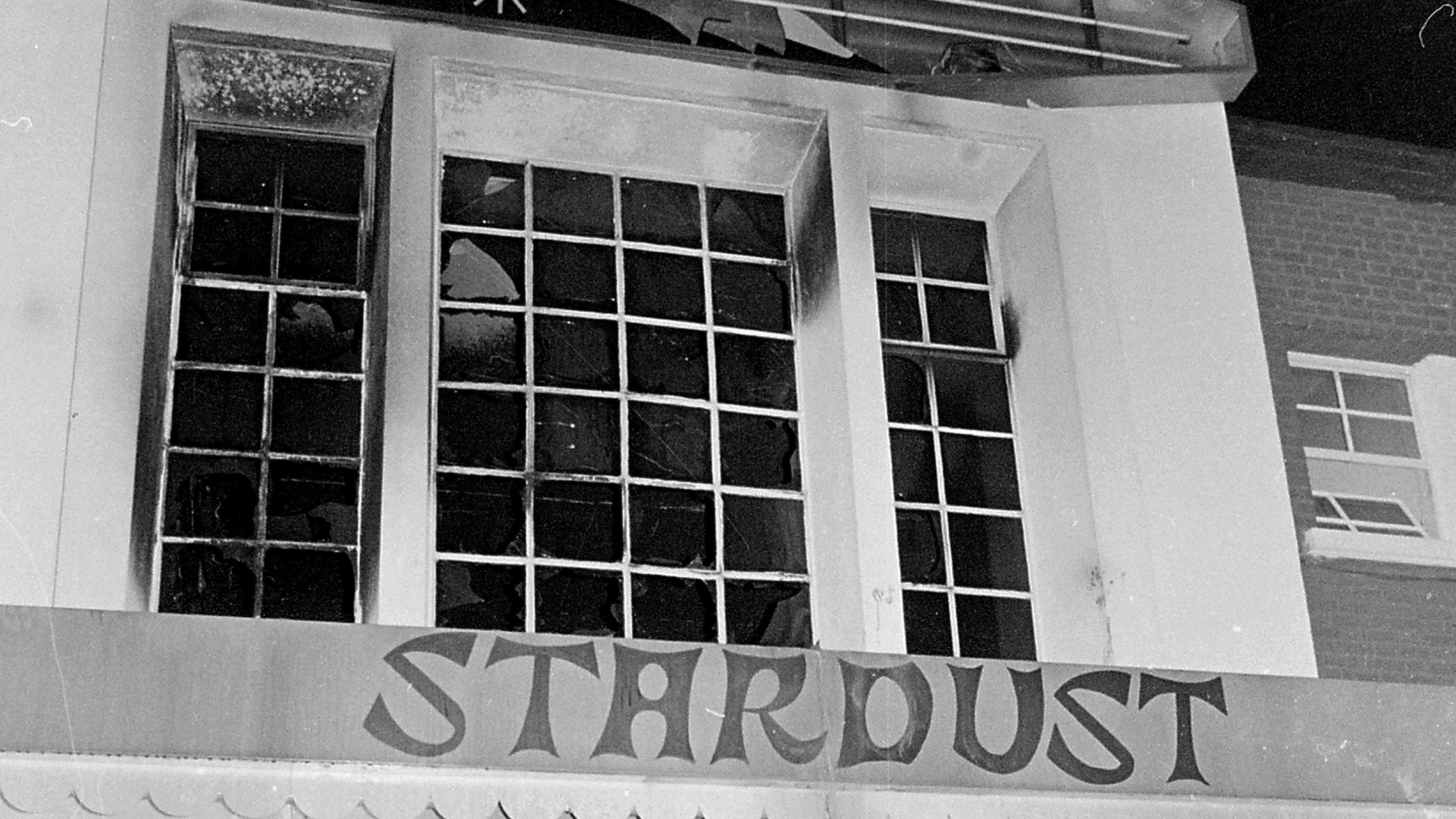
The name 'Stardust' has become synonymous with the tragedy of 1981 for people in many parts of Ireland
Campaign for fresh inquiry
The findings of the Keane inquiry were disputed by many survivors and families of the victims, who felt it lay the blame on those who had been inside the club that night.
In 2009, an independent examination into the findings of the inquiry said there was "no evidence to support the conclusion".
Families have been campaigning for a fresh inquiry into the disaster.
In 2020, the-then Attorney General, Seamus Woulfe, granted fresh inquests.
"I consider this to be in the public interest and in the interest of justice," Mr Woulfe wrote.
"Drawing on analogies from the Hillsborough case in England, my view is that, where there is a disaster of such magnitude as that which occurred at the Stardust in February 1981, there is, in the first place, the entitlement of the families of the victims to the public revelation of the facts."
He said there was also a "distinct and separate imperative that the community as a whole should be satisfied, even if belatedly, that there should be sufficient inquiry at any inquest held to maximise the chances that the truth should emerge".